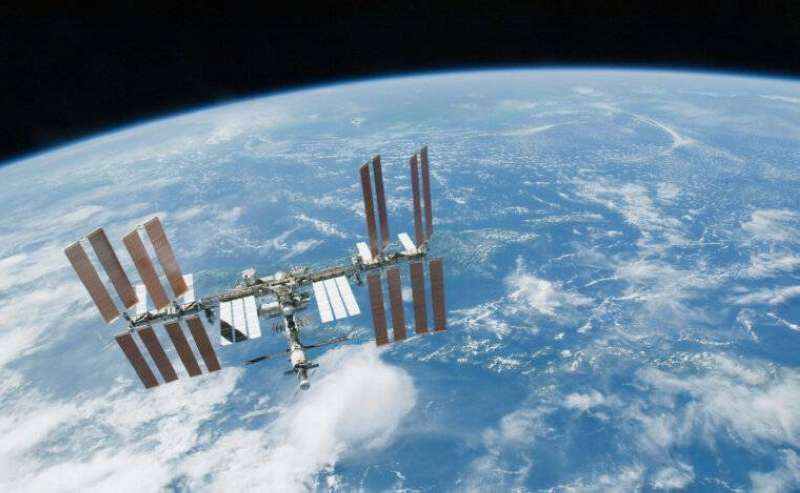Researchers on the International Space Station have developed mouse embryos that have been shown to develop normally, indicating the possibility of human reproduction in space, Japanese scientists said.
The researchers, including a professor at the Center for Advanced Biotechnology at Yamanashi University, Teruhiko Wakayama, and a team from the Japanese space agency JAXA, sent frozen mouse embryos by rocket to the International Space Station in August 2021. The astronauts on the station thawed the embryos using a device specially designed for this purpose.
.
The scientists pointed out that “embryos that grew in microgravity conditions naturally developed into blastocysts, which are cells that develop into the fetus and placenta.”
In a study published on the website of the scientific journal “iScience” on Saturday, the researchers confirmed that the experiment “clearly demonstrated that gravity does not have a significant effect on the issue of rat reproduction.”
They noted that there were no significant changes in the state of the DNA and genes, after analyzing the blastocysts that were returned to laboratories on Earth.
Yamanashi University and the Riken National Research Institute confirmed in a joint statement on Saturday that this “study is the first research work to show that mammals may be able to reproduce in space.”
The statement added, “This is the first experiment in the world to develop early-stage mammalian embryos in complete microgravity on the International Space Station.”
He continued: “In the future, it will be necessary on the International Space Station to grow blastocysts in microgravity inside mice to see if these animals are able to give birth to young ones, with the aim of ensuring that the blastocysts are normal,” according to what was reported by Agence France-Presse.
Within the framework of the “Artemis” program, the US space agency “NASA” intends to send humans back to the moon to learn how to live there in the long term, and to prepare for a trip to Mars in the late 2030s.

